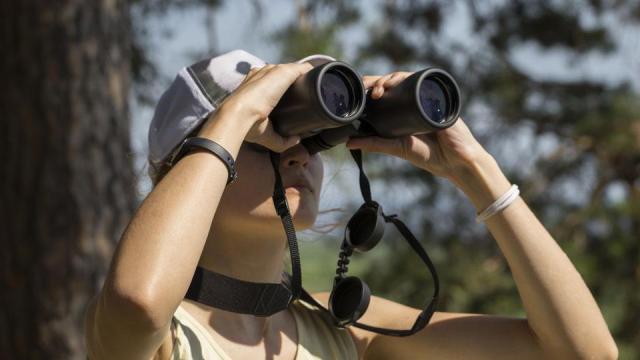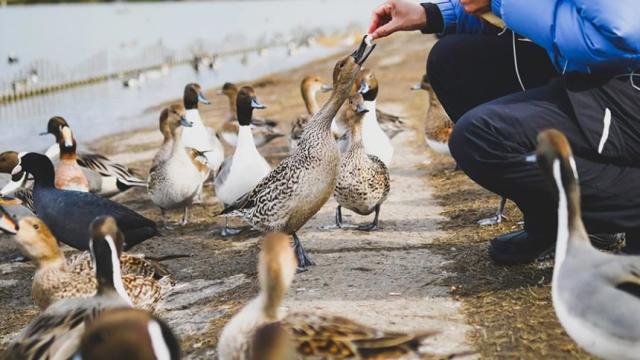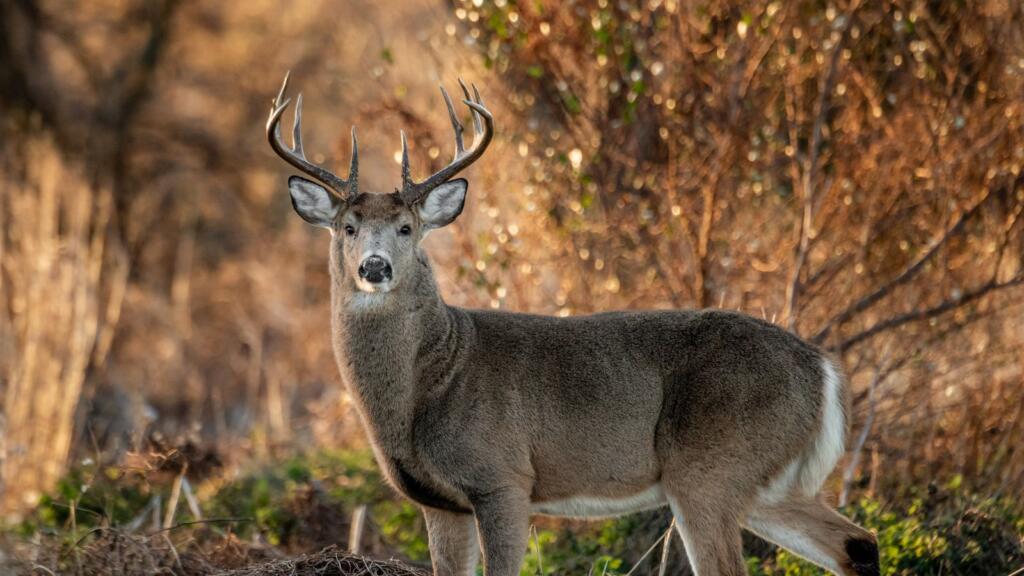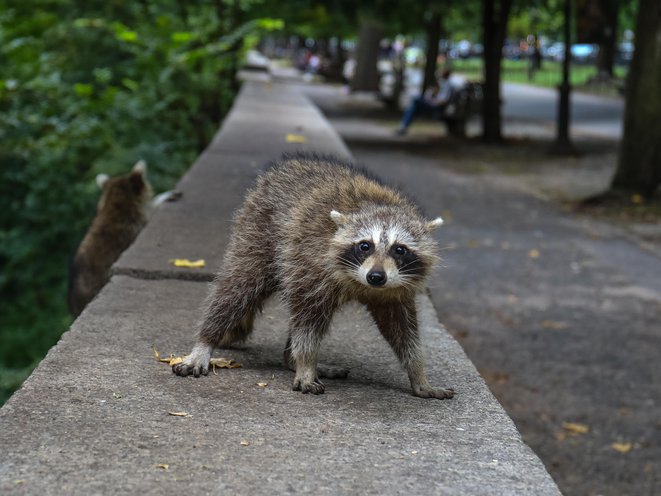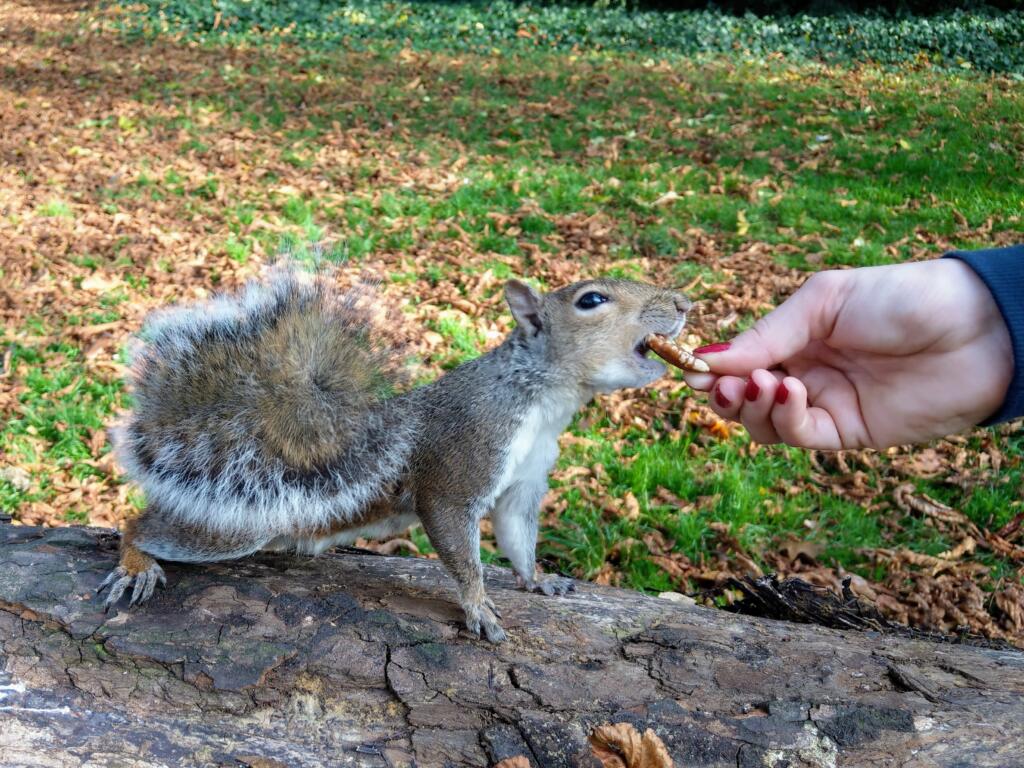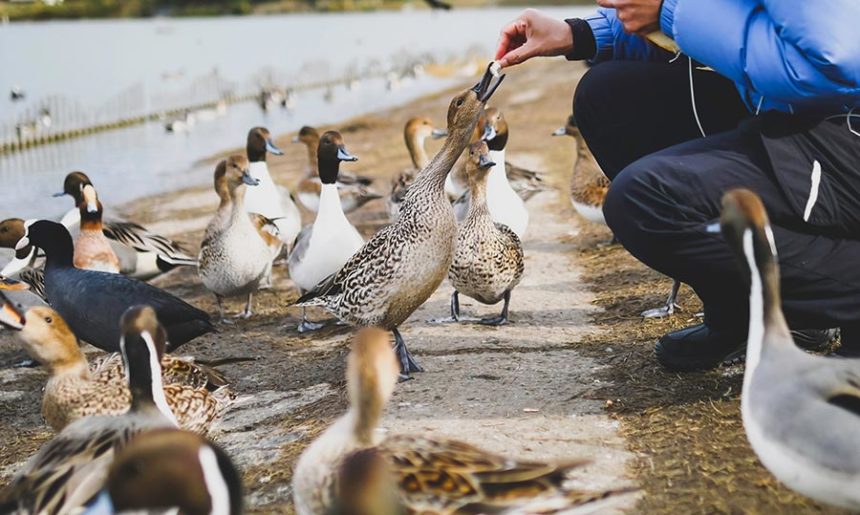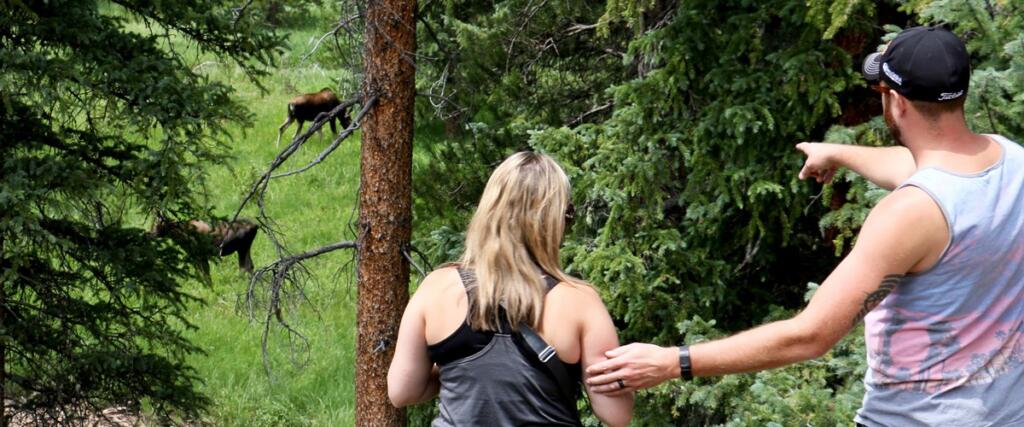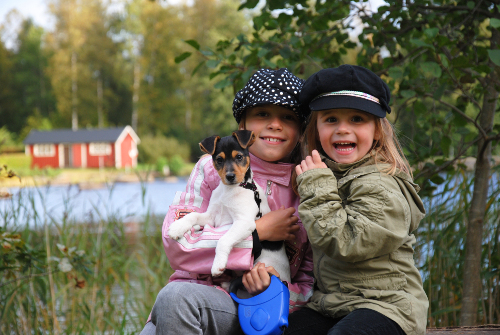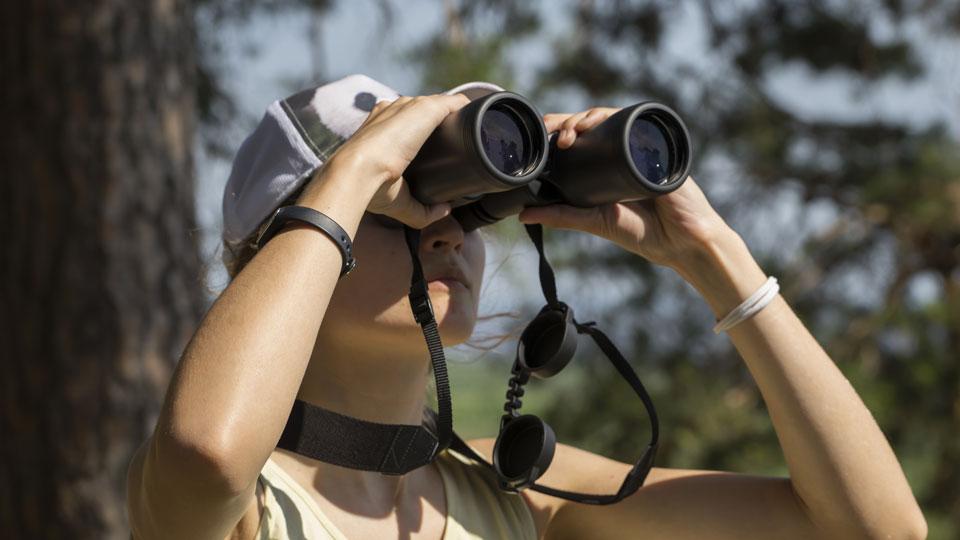
Whether you’re observing wildlife on the lake, identifying constellations in the night sky, or just getting a close-up view of your surroundings, it’s essential to own a solid pair of binoculars. Depending on the activity, different features will be more important. For example, those interested in astronomy will want to pick binoculars with large objective lenses which produce powerful light-gathering abilities. However, for regular everyday use, you’ll want lighter binoculars with decent magnification. No matter your purpose, we’ve got a recommendation for you! Check out our top five best binoculars for Summer 2022.
Best for Day Hikes
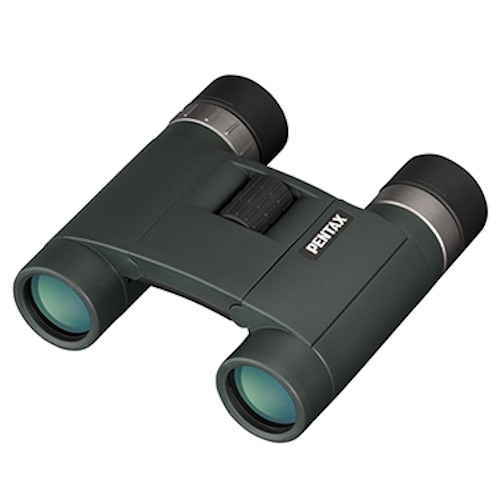
For all those relaxing daytime hikes near your lake house, we recommend the Pentax AD 8 x 25 WP. There is nothing too glamorous about this pair. They’re not designed for serious birding or for examining subjects with precise detail. Rather, their assets are their compactness, waterproof coating, and relative inexpensiveness. They also have a multi-layer coating to ensure maximum light transmission.
Best for Spotting Wildlife
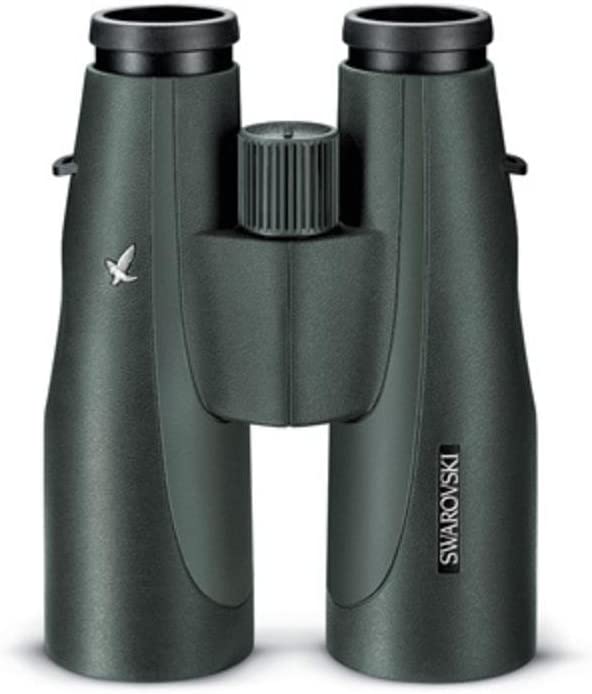
The Swarovski Optik SLC Series is an excellent option for viewing wildlife. At a higher price point, it’s certainly a worthwhile investment. The company that manufactures these binoculars created a signature quality lens called Swarovision, which offers a wider view for better peripheral vision. Another asset of the Swarovski is the sharp color and clear vision — perfect for getting detailed, up-close pictures of the wildlife in your backyard. Built with durable materials, these binoculars are also wear-and-tear resistant, so you can enjoy the views for years to come.
Best for Turbulent Weather
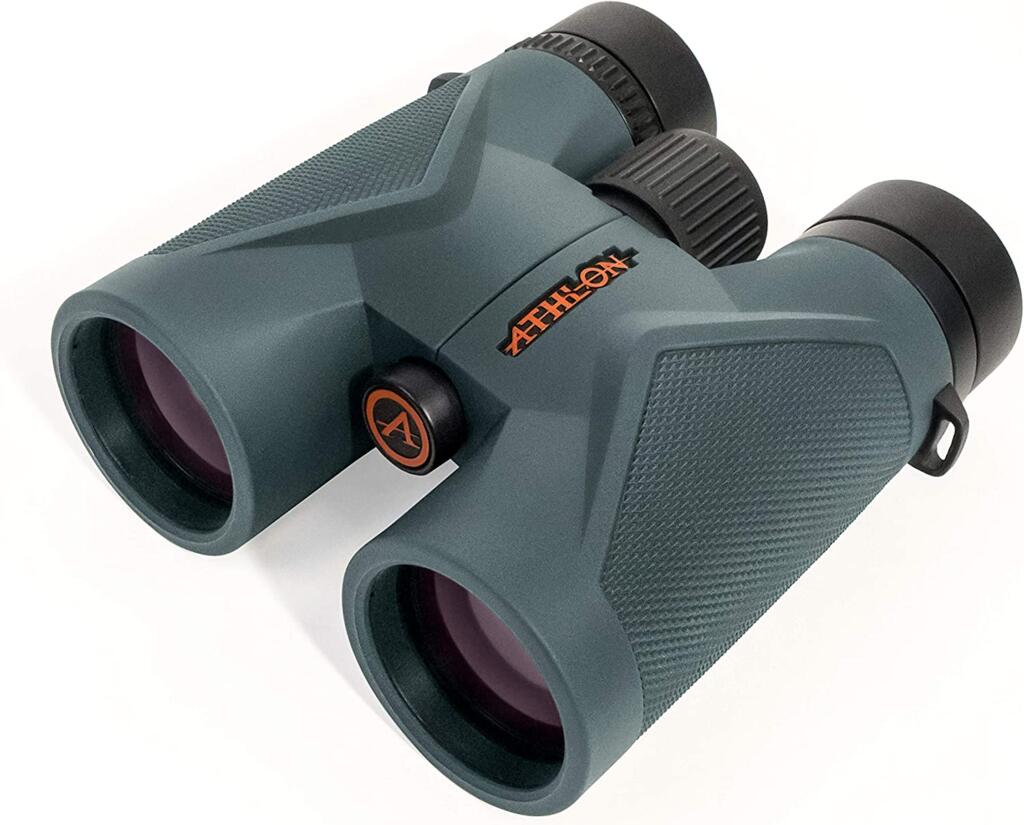
If a little stormy weather doesn’t stop you from looking out at nature, you’ll want to try the Athlon Optics Midas MD. These durable binoculars can sufficiently withstand humidity, dust, and intense weather conditions. Further, its focus dial can adjust reliably across a wide range of depths, allowing for sharp, close-up views. Its advanced coated lenses allow for better light transmission as well. And of course, given its design to withstand less-than-ideal weather circumstances, these binoculars are waterproof.
Best for Stargazing
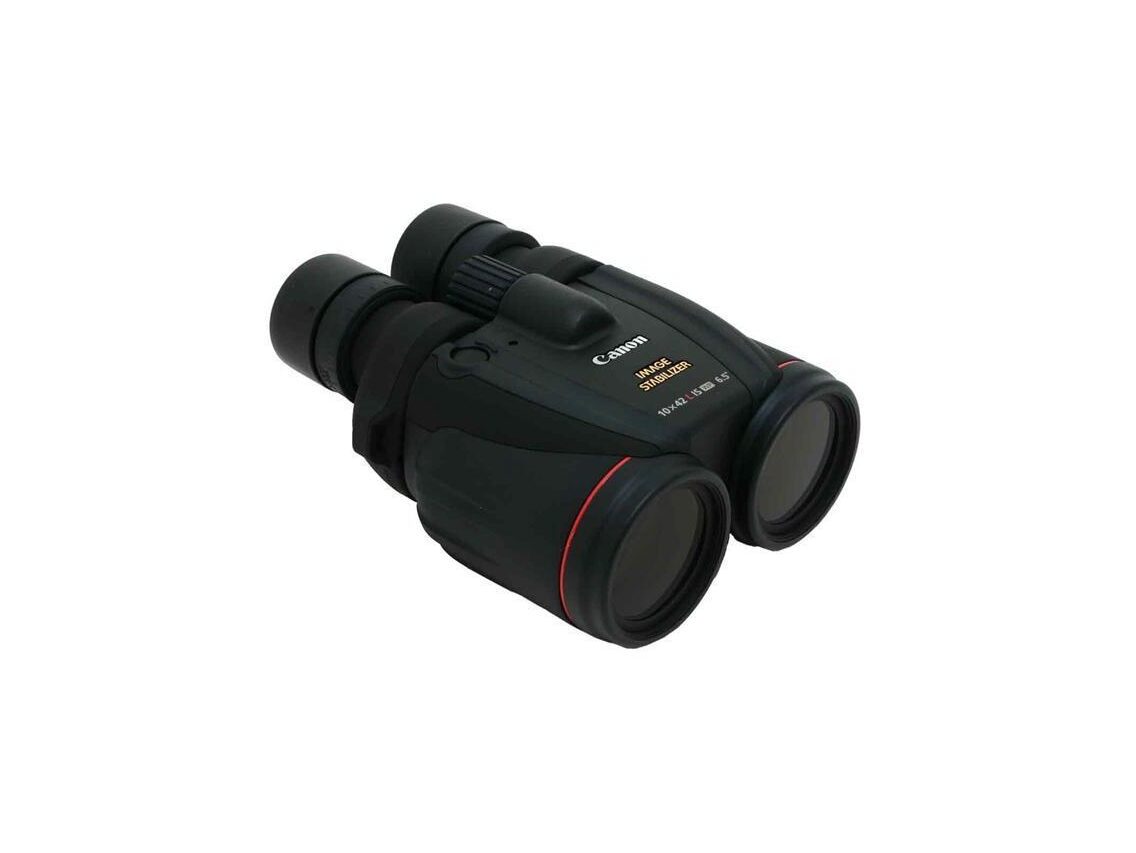
Admiring the night sky is one of the great perks of owning a lake home. Away from the city, you can find much brighter constellations. For getting an even clearer view, the Canon 10X42L IS WP is a perfect choice. Due to the gyro-stabilization feature, they achieve an anti-wobble effect. According to Space.com’s review, this feature makes you “feel like they’re being held on an invisible tripod.” The downside to these binoculars is their bulkier weight, which is true for most binoculars designed for nighttime use.
Best for Sitting in Nature
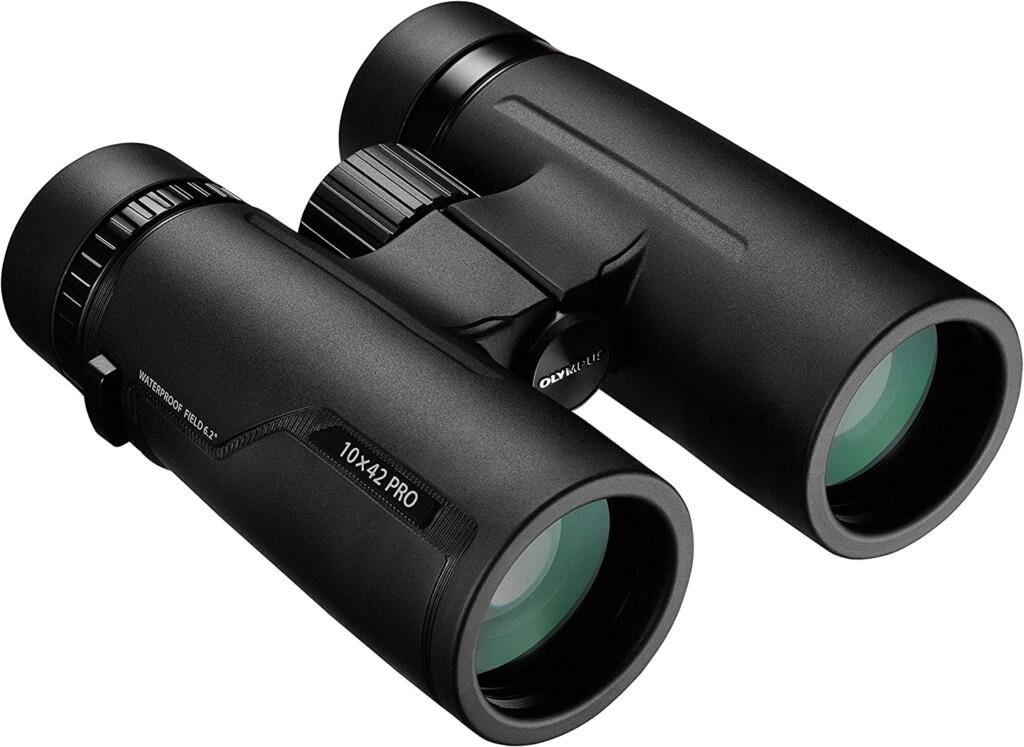
For everyday use, the Olympus 10×42 Pro is a great choice for simply observing the natural world around you. Compared to other binoculars, these are relatively compact, lightweight, and versatile. With top-notch high-performance optics, they have amazing close-up abilities. Specifically, you can look at subjects as close as 1.5m away. Further, they’re waterproofed and nitrogen filled which prevents fogging. Although the power isn’t quite as strong as more heavy-duty binoculars, they are perfect for everyday use.
From wildlife to constellations, there’s no shortage of astounding aspects of nature. With these top binoculars for summer 2022, you can get a close-up view of all of it.

